I'm a big fan of slow sparring as a training tool. It is an ideal way to focus on mechanics and precision, develop strategic and tactical awareness, and work on the necessary relaxation and fluidity required for high-speed combat in a more manageable setting. The main challenge with slow sparring is that it is difficult to…
Category: Adult Swordplay
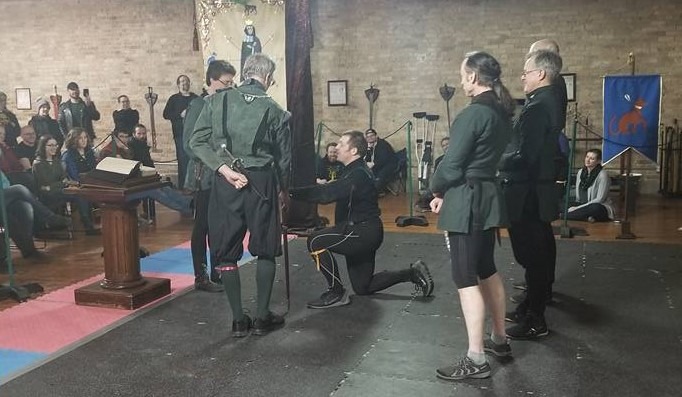
Student Trials: Examination and Initiation
This past weekend, I was on an examination board for the first Provost of Armizare at the Chicago Swordplay Guild (CSG), Jesse Kulla. Provost is the rank before Master in most schools that follow an Italian martial arts tradition. I sat on a board with Sean Hayes, Maestro of Northwest Fencing Academy, Marco Quarta, Maestro…
Read More... from Student Trials: Examination and Initiation
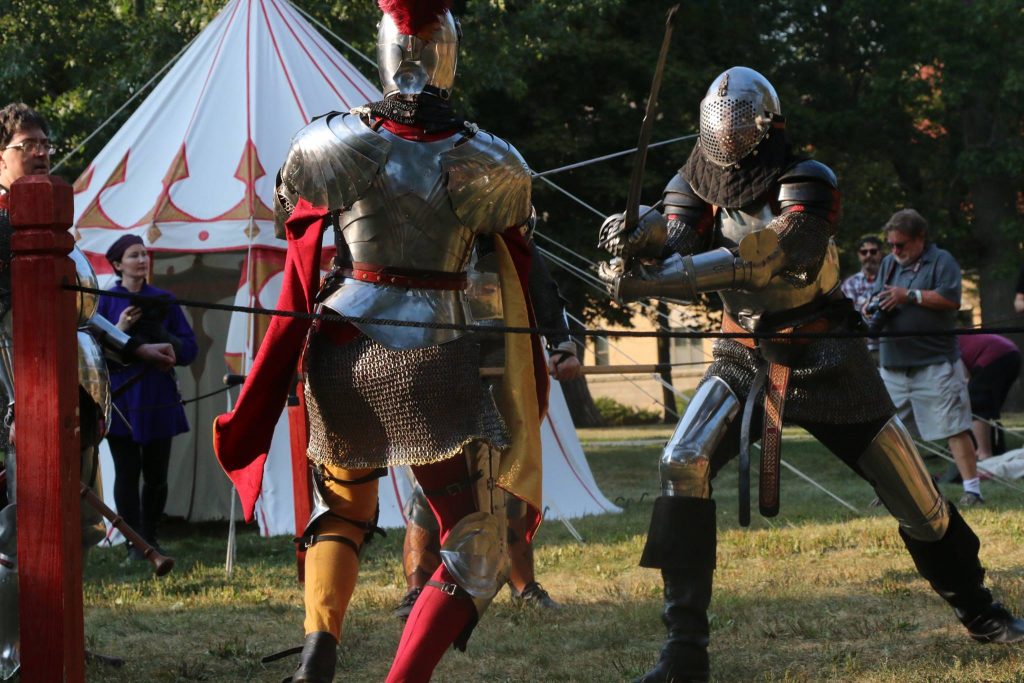
Making Tournaments Useful in Mastery
Last Saturday morning at 5:30am I began a trip from Vancouver to the town of Monroe in Washington state, about 3 hours south of Vancouver, with five of my students from Academie Duello. It was our yearly trip to a rapier tournament held by the Society for Creative Anachronism called Ursulmas. This particular tournament gets…
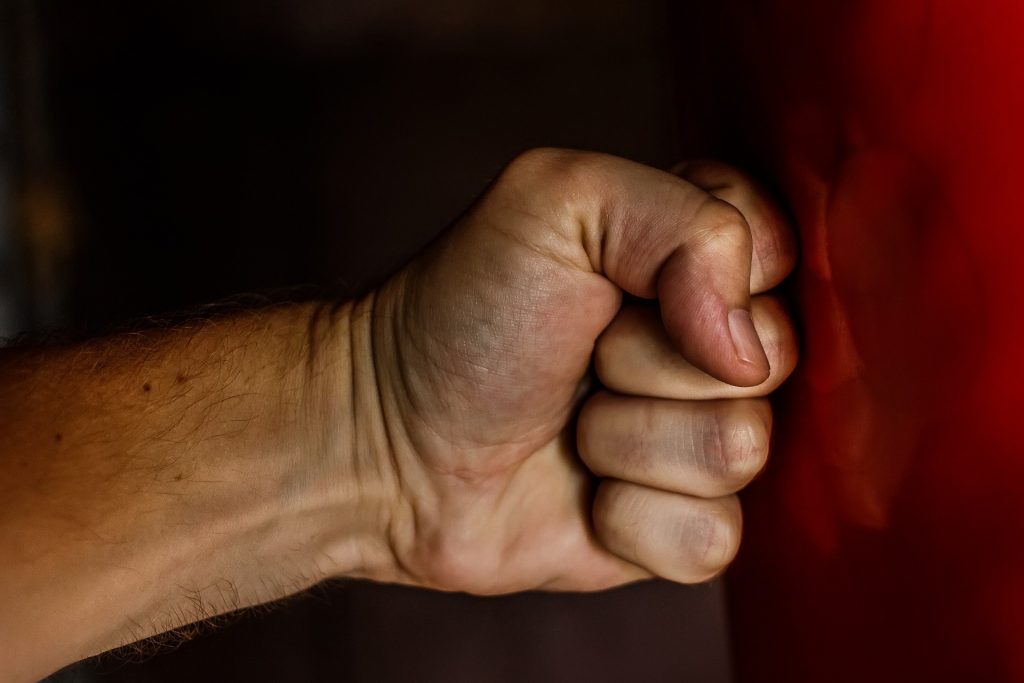
Why Do Martial Arts
Martial arts have been a big part of my life since I was a child. I started first with Kung Fu then Arnis/Eskrima and then I began my longest-term exploration, Western Martial Arts. I am often asked why people practice martial arts or why I practice swordplay specifically – considering it’s unlikely that I’ll be…

3 Injury Prevention Tips for Rapier Fighters
One of the things I focus on in my recent book, Introduction to Italian Rapier, is healthy biomechanics. These are important not just for performance but for your long-term health. Martial arts done well can improve your strength, endurance, and physical comfort. However, done poorly, they can have the exact opposite effect, leading to strain, pain,…
Read More... from 3 Injury Prevention Tips for Rapier Fighters
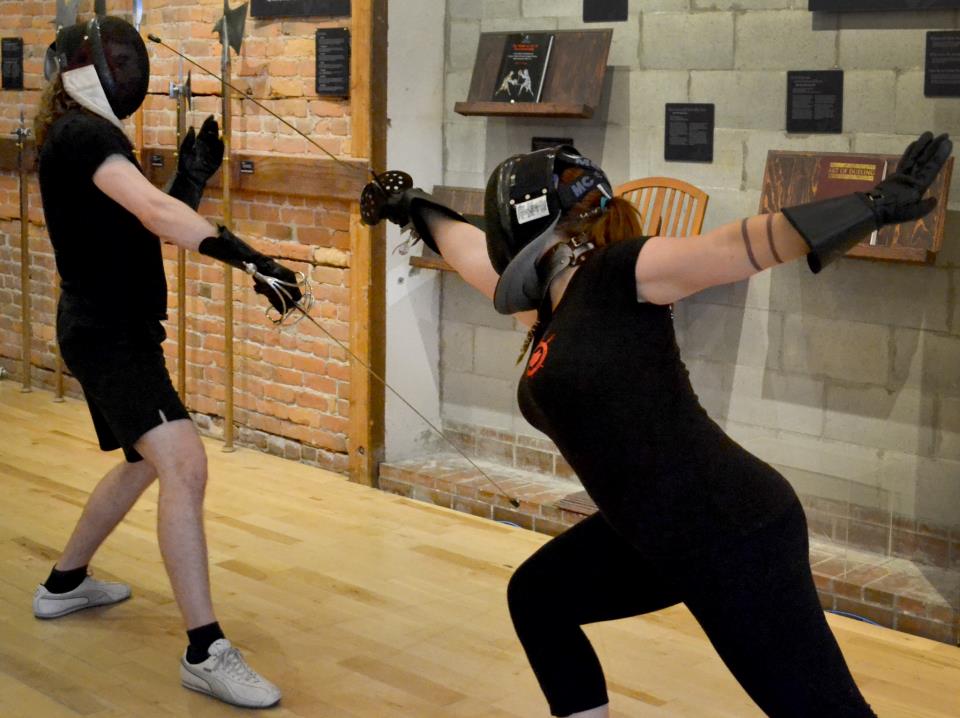
Why Is the Rapier Part of Our System?
Recently, I began a blog series answering, in broad form, why we teach the rapier and longsword as part of one system at Academie Duello. I started in the first post by looking at the historical precedent for multi-weapon study that spans many original fighting manuals from both the medieval period and the Renaissance, as…
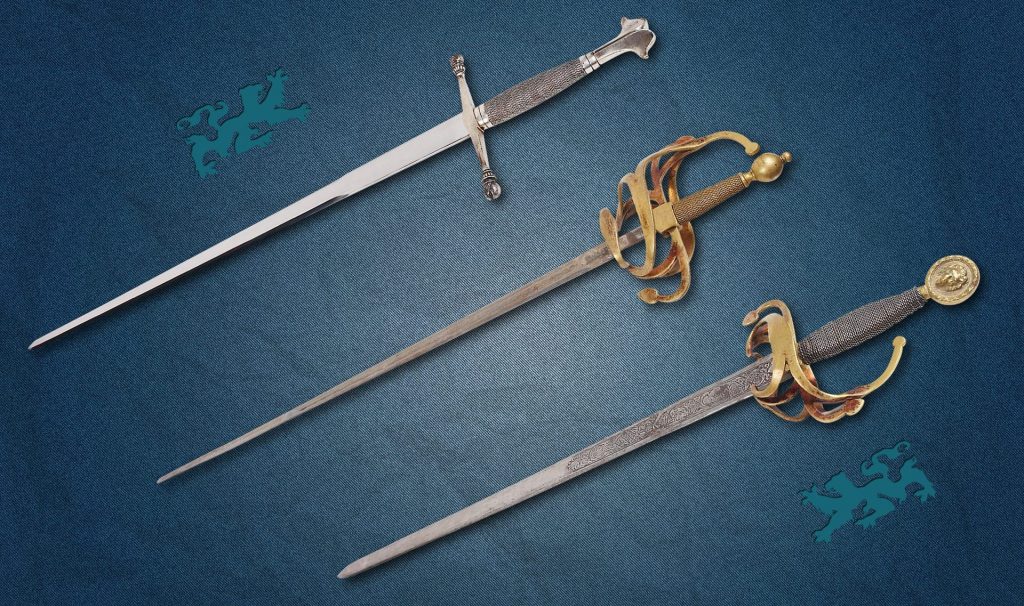
An Argument for Training with Diverse Weapons, Part 1
Recently, I was asked why we teach rapier and longsword together in our Instructor Intensives. The questioner postulated that it was like teaching sky diving and skin diving in the same program. Sure rapiers and longswords are both swords but aren't they as distinct as these two types of "diving"? I think it's a great…
Read More... from An Argument for Training with Diverse Weapons, Part 1

Mimicry: How To Use It, How To Beat It
Ever sparred with someone really good and felt like you were at your best, then right after sparred with someone less experienced and felt like you got as sloppy as they were? Mimicry is one of the brain's most powerful tools for both learning and fitting in (an important tool for survival). Jared Diamond in…
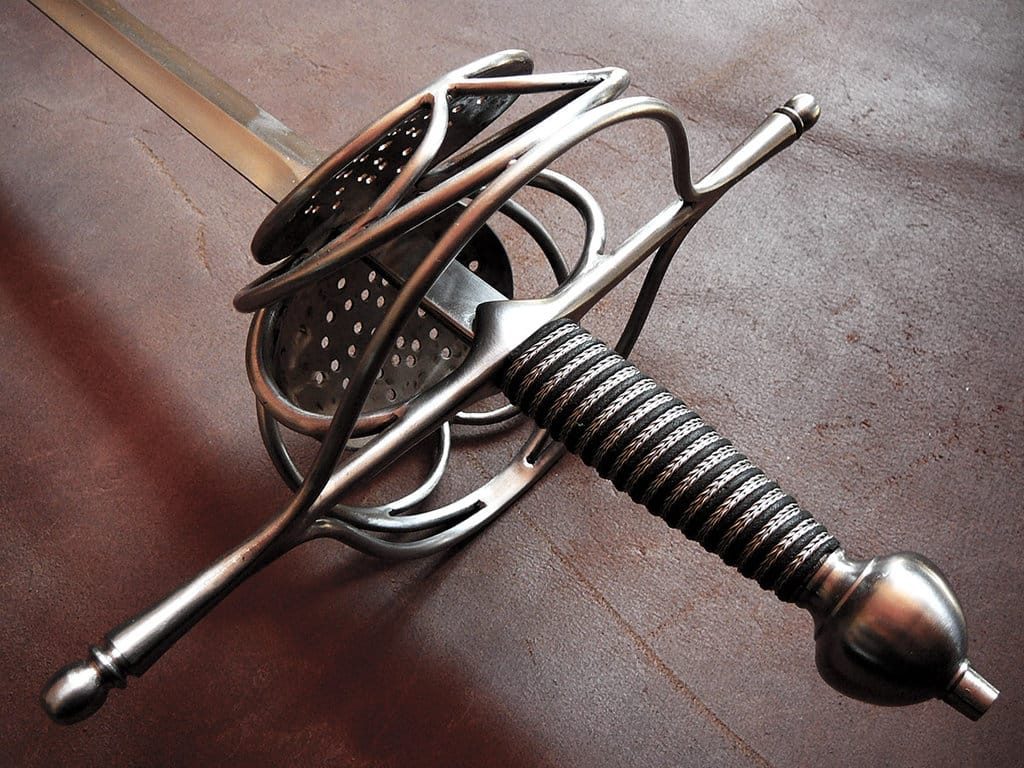
Choosing the Right Rapier for You
I am asked routinely how to choose the right rapier for practice. This article, cribbed from my forthcoming Introduction to the Italian Rapier book, looks at the range of historical rapiers and my opinion on how to best select a modern reproduction. The Real Thing Historical rapiers varied in dimension both throughout their evolution from…
Collaborative vs Competitive Practice Environments
Early in my days of swordplay, I remember a common piece of training advice was to "never give anything less than 100% to your training partner". Because the only form of training our practice group really did at the time was sparring, this often lead to situations where a more experienced opponent just hit a…
Read More... from Collaborative vs Competitive Practice Environments
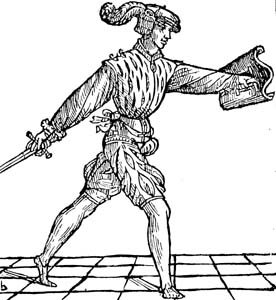
SKIL: A model for learning martial forms
Many martial traditions, including ours, use martial forms (series of attacks and defences for solo or partnered practice) to help train martial precision, flow, and fitness. Having a form that you can practice without a training partner provides structure for improving and maintaining your martial ability when you don't have the option of training with…
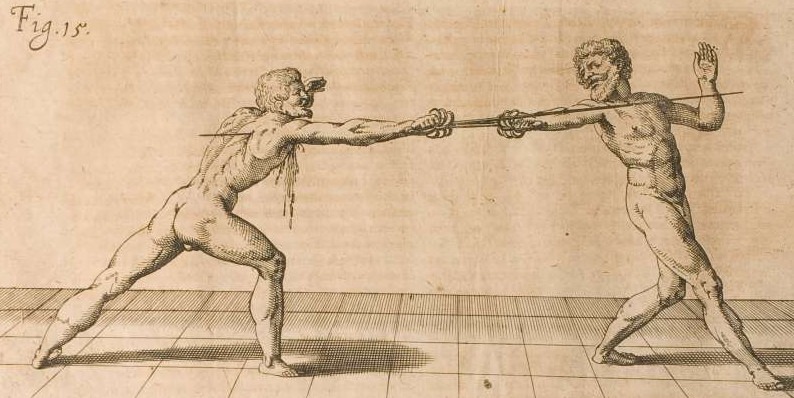
What I Love About the Rapier
This morning Greg and I met at a print shop in Vancouver to go over the latest proofs of my Introduction to Italian Rapier book. A pre-print copy of it is going to be coming with me to the Western Martial Arts Workshop this coming weekend. It has been a labour of love to produce…
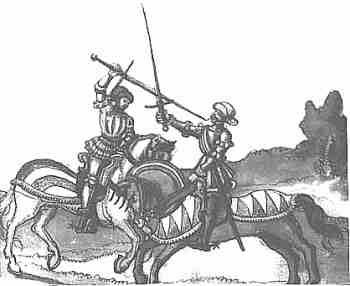
Conversations on Binding at the Sword
Not long ago, I had a conversation (online of course — who talks on the phone or in person anymore?) with my student Xian from Halifax. He asked a question about the nature of longsword fencing as it is often seen now in tournaments and in many videos online: "Why don't we see more play…
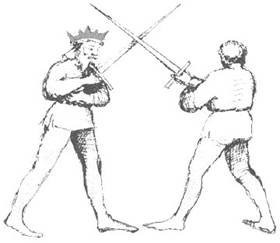
Notes from a Fencing Student, circa 1657
In the 1650s, a German speaking student attended the knight academy at Sorø in Eastern Denmark. There he studied under fencing master Wilhelm Schöffer von Dietz, a known student of fencing master Salvator Fabris (whose manual is a core source for rapier instruction at Academie Duello and to the Italian tradition in general). In his…
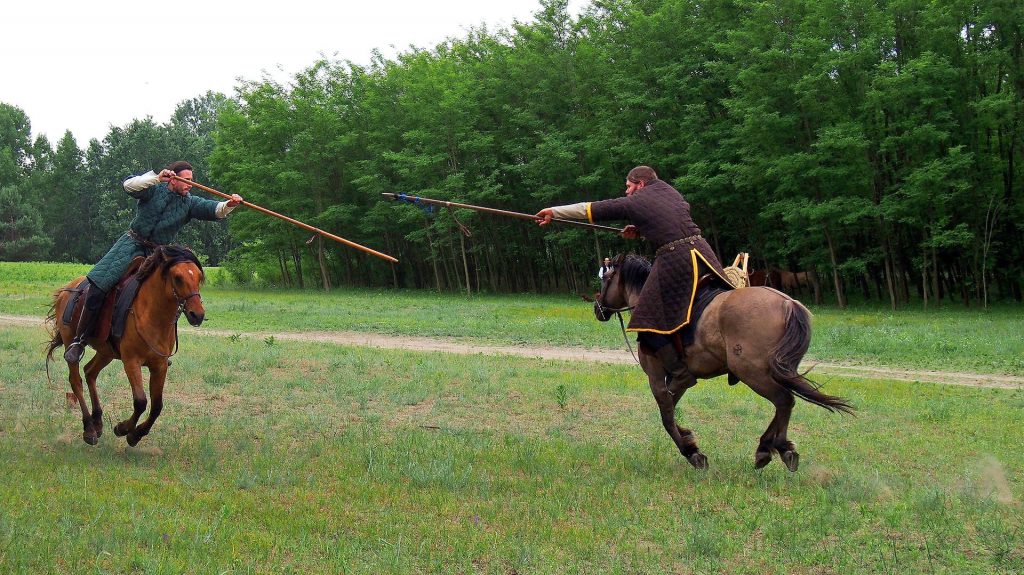
Benefits of Interdisciplinary Study
At the moment of writing I'm sitting in a plane seat on my way out of Duluth Minnesota. I've spent my weekend at the beautiful facility of the Avalon Educational Institute teaching a combination of sword alone, sword and buckler, partisan, and spadone. I love inter-disciplinary weekends. They're an opportunity to connect students with the…
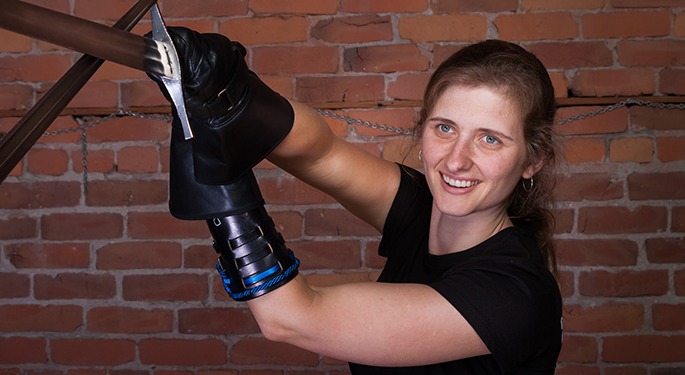
Getting Started in HEMA, Wherever You Are
Historical European Martial Arts are one of the most rapidly growing parts of the Martial Arts world with new groups, sites, and schools opening up all the time in both the West and East. Yet for a new practitioner, even with all this choice, it can be hard to know where or how to start.…

Taped Up, Braced Up, and Strapped Down: Training Through Injury
I consider myself to be relatively lucky in regards to injuries when it comes to martial arts. I have broken some fingers in intense bouting, separated a shoulder while doing armoured combat, and have certainly had my share of sprains and strains. That being said, it has been a relatively healthy career thanks to a…
Read More... from Taped Up, Braced Up, and Strapped Down: Training Through Injury

Strategies for Auditory Learning
At the end of a workshop delivered by Guy Windsor recently, Guy asked all of his students "Did you have every opportunity to get what you wanted from today's session?" This was a subtle shift from a question I had heard him ask two year's prior "Did you get what you wanted from today's workshop?"…